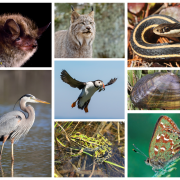
Recovering America’s Wildlife Act (RAWA)
Recovering America’s Wildlife Act is an opportunity to protect and enhance fish and wildlife in Maine and the United States for future generations.
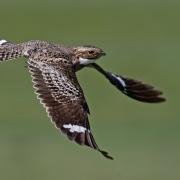
The Art and Science of Aerial Insectivores
Eating bugs for breakfast is an important job! Aerial insectivores navigate complex habitats with athleticism, artistry, and grace. How do they do it?
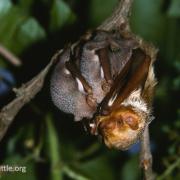
Summer Living with Bats
Maine is home to 8 species of bats. If you are finding bats on your property, odds are they have been there longer than you realize!
Chesuncook Lake Salmon Fishery Update
We’ve invested a lot of time since implementing a new management strategy on Chesuncook Lake back in 2018. We are getting close to our harvest goal, and the fish are starting to respond.
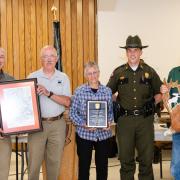
Penobscot County Conservation Association Honored with 2021 Maine Warden Service Colonel’s Award
The Penobscot County Conservation Association was honored with the 2021 Maine Warden Service Colonel’s Award on Wednesday, June 15, 2022, by Maine Warden Service Colonel Dan Scott. This award may be presented annually to an individual or individuals who the Colonel has determined have provided distinguished support and/or service to the Maine Warden Service and/or its mission.

While You Were Sleeping, We Were Electrofishing!
Electrofishing is a highly effective way to non-lethally sample a population and is very efficient for studying bass during their May-June spawning season.
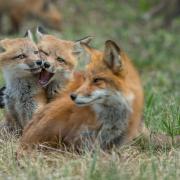
Happy Father's Day!
This Father’s Day we’re shining the light on some wildly awesome dads out there!
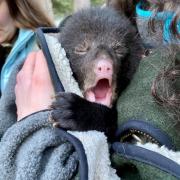
Boasting Maine’s Black Bears
Many don’t realize it, but at some point or another, you’ve likely been in the presence of a bear in the Maine woods. Here are some facts about our state’s bears!
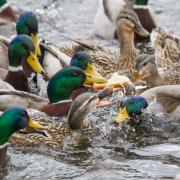
Skip the bread. Just watch instead!
Malnutrition, disease, habitat degradation, and habituation are serious consequences of feeding ducks and geese.
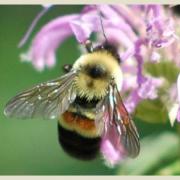
BEE on the Lookout for the Rusty Patched Bumble Bee
Maine Department of Inland Fisheries and Wildlife is looking for the federally Endangered Rusty Patched Bumble Bee and we need more eyes!
Keep In Touch!
Enter your email or mobile number to receive the latest news from MDIFW.